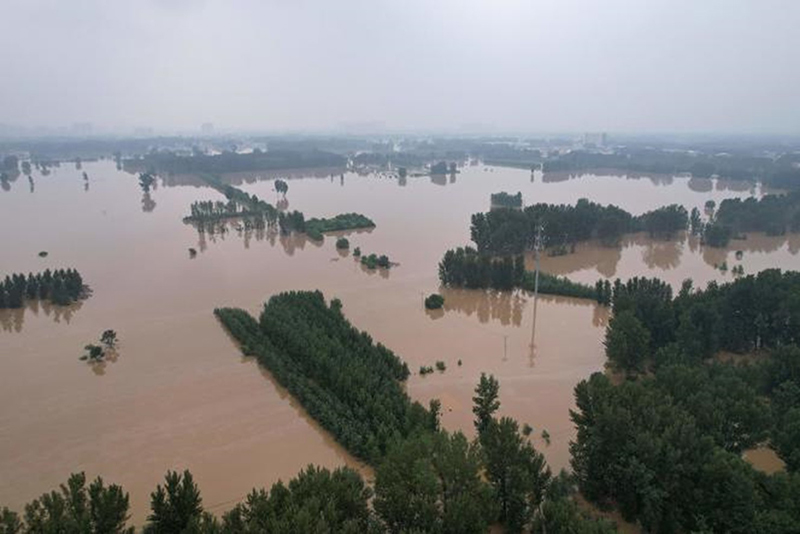How industrial routers enable flood monitoring and early warning
Industrial 5g cellular routers can help monitor and warn floods accurately. It can help building a flood monitoring and early warning system.
Global climate change has caused frequent extreme rainstorms and floods in recent years, endangering the lives and property of people. To ensure public safety, it is essential to monitor and warn floods accurately. 4G industrial routers are making a difference with their reliable connection capabilities in complex environments.
The significance of establishing a flood monitoring and early warning system
A precise flood monitoring and early warning system can collect real-time water regime information, forecast floods scientifically, and issue warnings timely, which is very important for directing flood control and disaster relief work. But this requires real-time connection of different nodes, such as water level reporting stations, to aggregate data and detect flood signs. This demands high network stability and anti-jamming capabilities.

The role of 4G/5G industrial routers in flood monitoring and early warning 4G/5G industrial router can achieve high-speed wireless transmission through 4G digital mobile communication network. Unlike ordinary 4G/5G routers, it provides a complete industrial interface, which can be easily connected to water monitoring equipment, and has industrial-grade anti-interference ability. Some application examples are as follows:
Install 4G industrial routers in key locations such as reservoirs and dams to connect monitoring equipment such as rain gauges and water level gauges to get hydrological data in real time.
Transmit water regime data reliably to remote flood warning center through 4G network.
Add video monitoring equipment along the flood-prone river, use 4G routers to send back images in real time, and judge flood signs scientifically.
Use the wireless capabilities of 4G router to quickly set up temporary hydrological monitoring points, and track the changes of flood peaks continuously.
Specific selection and deployment suggestions for 4G routers
Based on the requirements of the above scenarios, this article recommends choosing industrial-grade E-Lins H685f series 5g cellular router, which have the advantages of 5G high-speed transmission and backward compatibility with 3G/4G, security policies, stability and reliability, etc., and can perfectly adapt to the harsh requirements of flood monitoring on the network. In the deployment process, it is suggested to first determine the location of each hydrological monitoring point and plan for 4G signal testing. Then choose the suitable model according to the interface requirements and set up the parameters. Finally, customize and develop the monitoring data transmission program, and start the formal operation after the debugging is done.
By using the powerful wireless transmission capability of 4G industrial routers, a dependable flood monitoring and early warning system can be quickly built. This is very meaningful for protecting people’s lives and safety. It is hoped that this article can offer some guidance for relevant departments.

 Networking
Networking EMBEDDED SYSTEMS
EMBEDDED SYSTEMS Switches
Switches Wireless Solutions
Wireless Solutions Industrial Computer
Industrial Computer Cloud Services
Cloud Services



